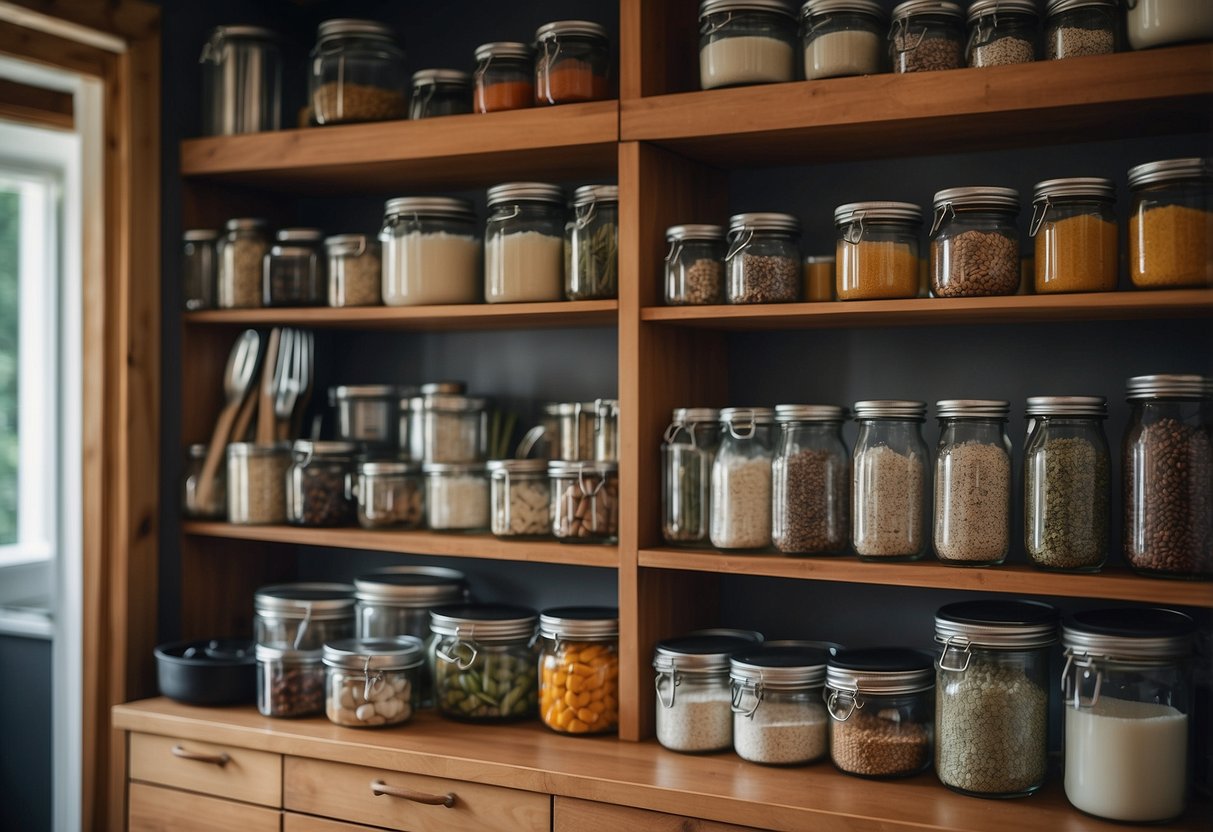DIY Home Organization: Affordable Solutions for Every Room in Your House
Strategies for Efficient Storage in Your Entryway
An organized entryway ensures that items are accessible and clutter-free. Focus on practical storage solutions to create a welcoming and functional space for shoes, coats, and everyday essentials.
Creating a Functional Mudroom Experience
A functional mudroom serves as a buffer between the outside world and the home. Place hooks for coats, bags, and hats at various heights to accommodate all family members. Wall-mounted shelves or cubbies can hold smaller items like gloves and scarves.
Adding a bench with hidden storage is practical and provides a place to sit while taking off shoes. Use baskets or bins within lower shelves or cubbies for easy access and to keep items organized.
Consider using durable materials like metal or wood for hooks and benches, ensuring they withstand daily use. Adding a mat or tray beneath hooks and benches will help keep dirt and moisture away from other parts of the house.
Efficient Shoe Storage Options
Shoes tend to accumulate quickly in entryways, creating clutter. Invest in shoe racks that fit the available space. Vertical shoe racks take up minimal floor space and can handle multiple pairs.
Shoe cabinets with doors provide a more polished look and hide clutter from view. For a smaller space, stackable shoe bins can be a flexible option.
Trays are useful for wet or muddy shoes, protecting the floor. Place a mat beneath the shoe storage area to catch dirt and debris. A combination of open and closed storage ensures that frequently used shoes are accessible while keeping the area clean.
Smart Kitchen Storage and Organization Techniques

Efficient kitchen storage can transform the cooking space, making it user-friendly and aesthetically pleasing. Proper pantry organization and smart drawer arrangements are essential for maximizing space and accessibility.
Implementing a Pantry Organization System
A well-organized pantry can save time and reduce waste. Start by grouping similar items together, like canned goods, grains, and snacks. Clear, airtight containers are great for dry goods, keeping everything visible and fresh. Labels add an extra layer of order, making items easy to find.
Use the vertical space by adding adjustable shelves or stackable organizers. A lazy susan can be useful for items like spices and condiments, allowing for easy rotation and access. Consider door-mounted racks to store smaller items and free up shelf space.
Baskets and bins also help in segregating foods into categories. They are perfect for storing loose packages and odd-shaped items. By maintaining a weekly inventory, it ensures that nothing is missed and helps in planning grocery shopping.
Innovative Ideas for Organizing Kitchen Drawers
Drawer organizers can significantly enhance kitchen efficiency. Start with removing all items and sorting them by purpose. Tools like dividers are great for separating utensils, while dedicated slots for knives ensure safety. Matching the drawer contents to their function, like keeping cooking tools near the stove, can save steps during meal prep.
Consider utilizing every inch of drawer space. Shallow drawers can store cutting boards or baking sheets sideways to save space. Deep drawers with built-in compartments can hold pots, pans, and lids without creating a cluttered mess.
Expandable organizers adapt to changing needs and can be adjusted for different utensil sizes. For small items like clips and bag ties, use smaller, divided containers within the drawers. An organized drawer system keeps the kitchen clutter-free and speeds up cooking and cleaning tasks.
Bathroom Organization Secrets for a Cleaner Look
Efficiently organizing your bathroom can transform it into a tidy and serene space. By focusing on shower space optimization and innovative toilet area solutions, you can achieve a clutter-free and stylish bathroom.
Shower Space Maximization Ideas
Utilizing every inch of the shower can greatly improve the functionality of your bathroom. A shower caddy is an excellent tool for maximizing space, as it holds various toiletries in a compact manner. Opting for a corner caddy can save space while keeping shampoo, conditioner, and body wash within easy reach. Wall-mounted dispensers for soap and shampoo also help declutter the shower area.
Investing in over-the-door hooks provides a place to hang towels and washcloths, preventing them from piling up on surfaces. Additionally, suction cup shelves can stick to tiles and glass, creating extra storage for smaller items like razors and sponges. Using clear containers ensures that products are easily identifiable, reducing the time spent searching for them.



